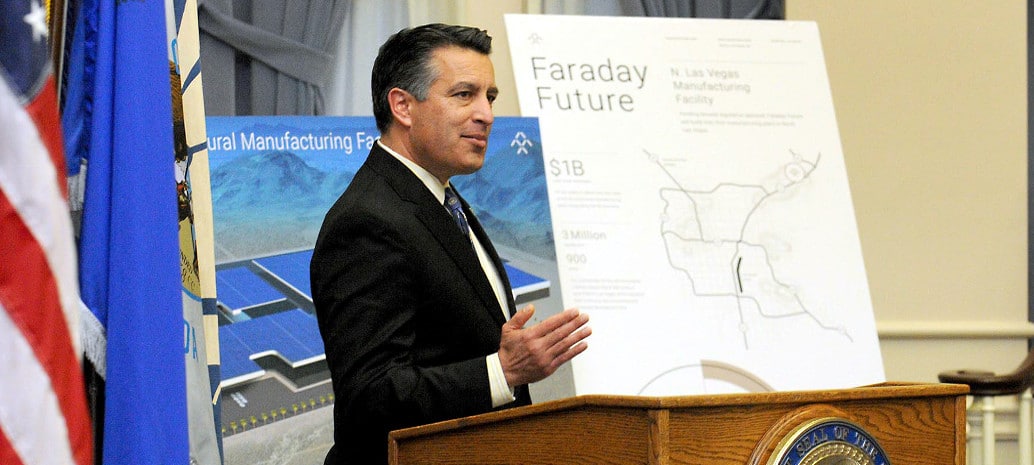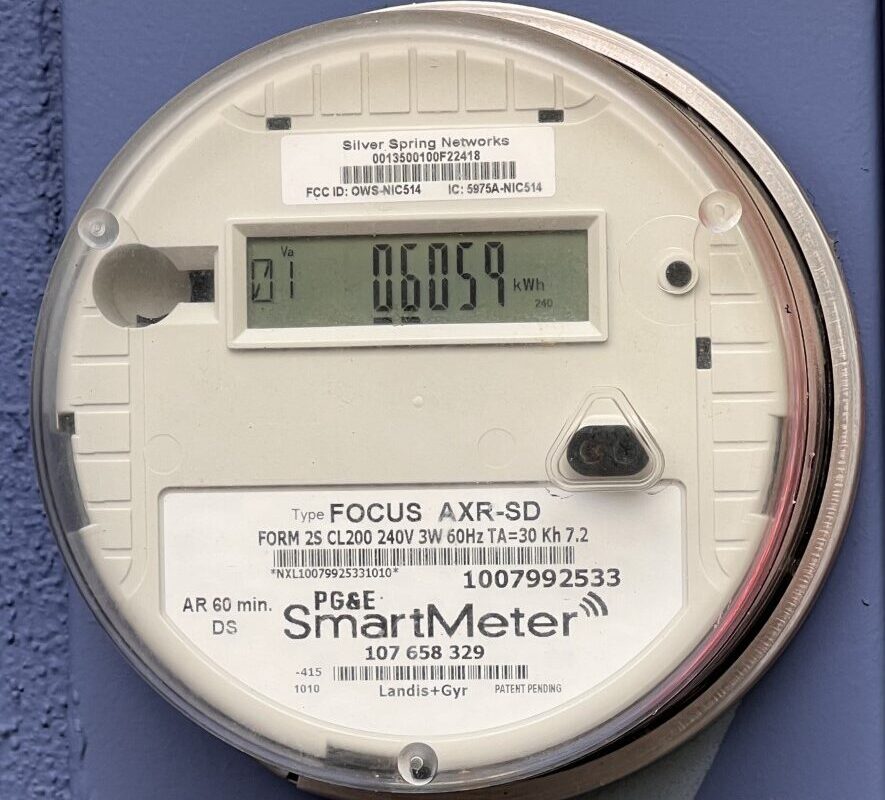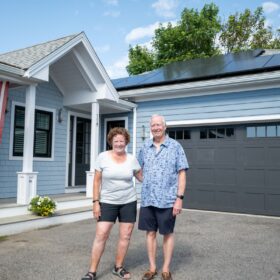The solar industry may lose some battles, but in the long run we are winning the war. As further evidence of this, tomorrow Nevada Governor Brian Sandoval (R) is scheduled to sign into law a return of net metering. This comes 18 months after the state’s Public Utilities Commission took an ax to the policy, throwing the state’s solar market into chaos and reducing behind-the-meter installations 39% from 2015 to 2016.
According to a statement on his website, Governor Sandoval will sign AB 405 at 9:30 AM on Thursday at a Tesla warehouse in Las Vegas. AB 405 will re-establish net metering for PV systems 25 kW and smaller, with surplus electricity generation credited at 95% of the full retail rate until the installed net metering capacity reaches 80 MW. After that it will fall to 88% of retail rate for the next 80 MW, and then fall to 81% and 75% with each additional 80 MW deployed.
While this is not full retail-rate net metering, it’s clearly a better deal than PV systems owners were getting before. It has clearly been good enough for the solar industry, as the nation’s three largest residential solar companies, Tesla, Sunrun and Vivint, have all announced their return to the state pending the governor’s signature of the bill.
The 2015 move to dismantle net metering and departure of major national installers had clear impacts on the market, with Nevada’s distributed generation market (community solar excluded) falling by nearly half from 2015 to 2016.
In the longer run, this bill may incentivize a move to self-consumption as the rates of credit for electricity exported to the grid fall; however as covered in pv magazine’s June edition the economics of distributed solar paired with battery storage are still a long way from pencilling for homeowners.
The bill also orders a study of the impacts of net-metered solar on the utility rates of other customers. Unlike some other state-level studies the language in the bill does not appear to bias the outcome, and as such it is likely to return the same result as the large majority of state-level studies which have found that distributed solar brings down costs for other electricity ratepayers.
This content is protected by copyright and may not be reused. If you want to cooperate with us and would like to reuse some of our content, please contact: editors@pv-magazine.com.









How is this signing going to effect the current solar families?